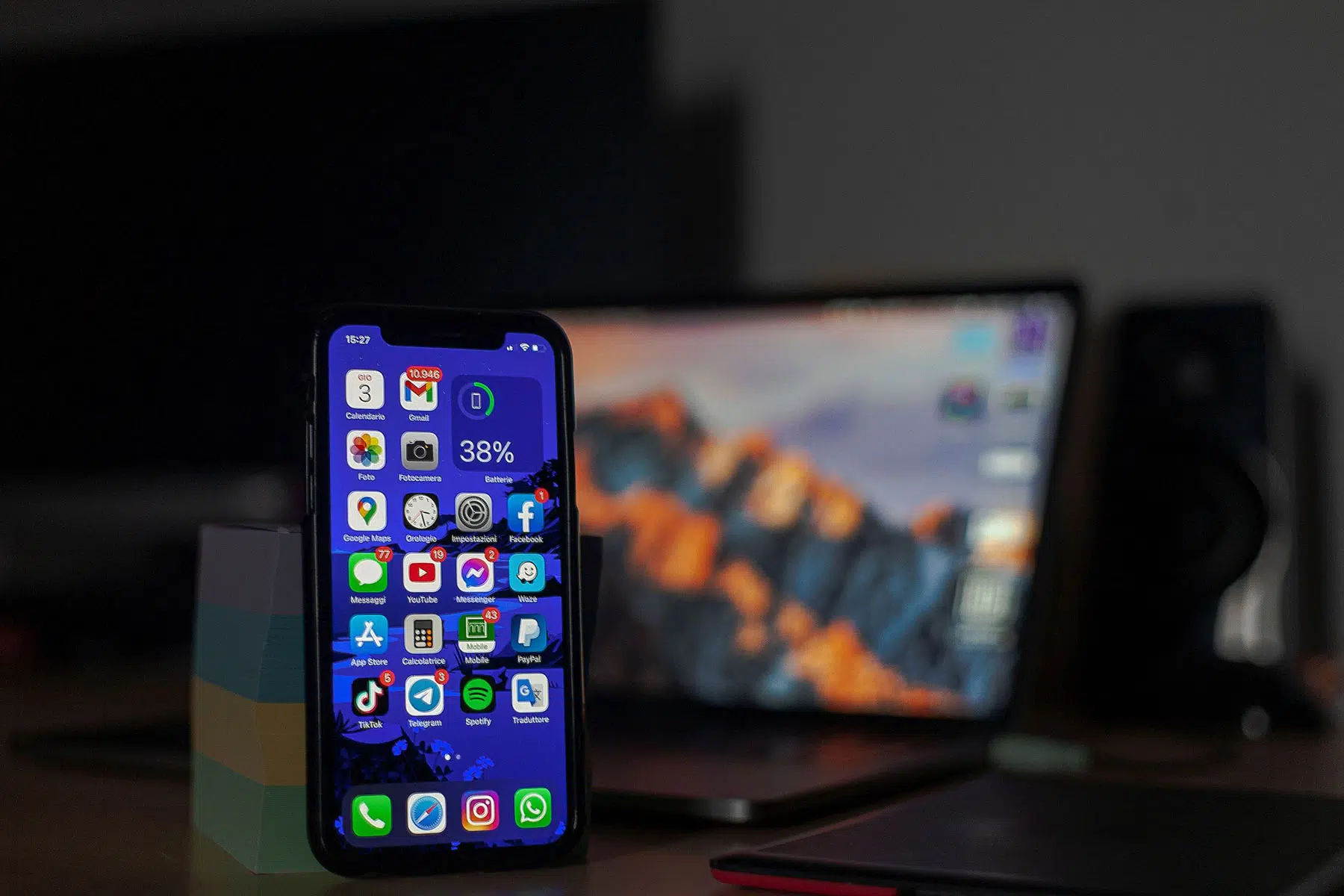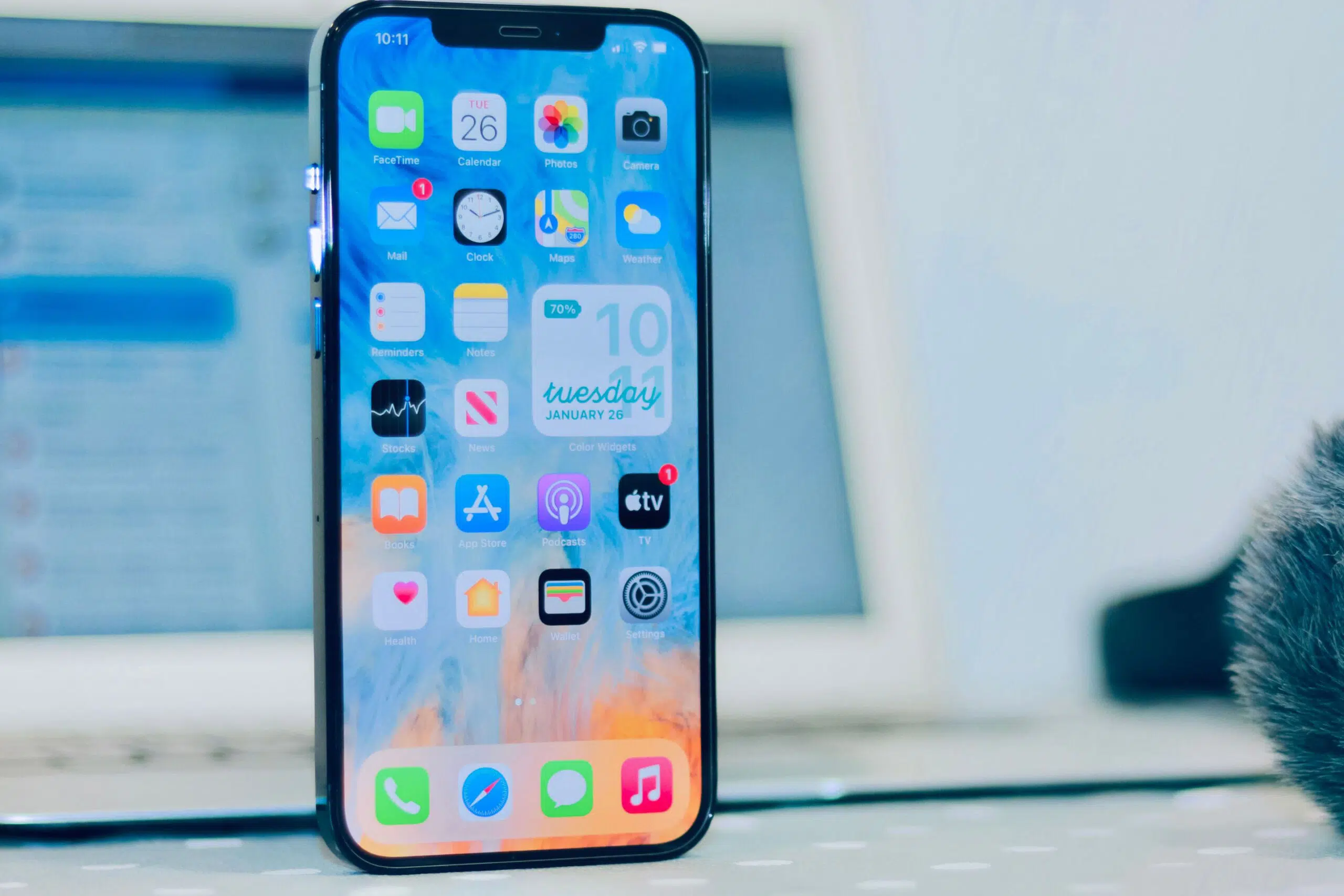Choosing Between Android And iOS Developers: What Startups Should Know Before Building A Remote Team
Industry Trends & Innovation
Read Time: 15 mins

Entering the mobile app market requires a foundational decision that shapes your product’s trajectory, budget, and reach: choosing between Android and iOS. This decision is far more than a technical preference—it’s a strategic business move that determines not only who you can hire but also how you scale, what features you deliver, and which audience you can access. For startups and enterprises aiming to build a dedicated team remotely, understanding the nuances between these two robust mobile ecosystems is crucial before you hire Android app developer talent or consider iOS-specific professionals.
The hiring process at this early juncture can impact everything from technical debt to user satisfaction. A misstep here can result in costly redevelopment, missed market opportunities, and a product that fails to connect with its target users. Taking a strategic, informed approach ensures you assemble a remote workforce with proven technical skills and relevant experience—building high-quality, market-ready mobile applications for real business growth. This comprehensive guide decodes the differences between Android and iOS development, outlines best practices for building a team, and demonstrates how to create a competitive hiring process to maximize business outcomes.
For additional insight into structuring your development teams for success, check out our guide to building dynamic software development teams.



The Core Decision: Analyzing the Android vs. iOS Landscape
The Android vs. iOS debate centers on four critical business factors: target demographics, monetization strategy, project timeline, and feature set. Decisive attention to these variables arms decision-makers with the insights needed to select a platform that maximizes return on investment and aligns with business goals.1. Target Audience and Global Market Share
Let’s start with audience and reach—a domain where Android developers and iOS developers offer distinct value.- Android: Dominating more than 70% of the world’s smartphone market, Android’s open ecosystem offers unparalleled reach, especially in emerging and price-sensitive markets across Asia, South America, and Africa. The sheer variety of Android devices affords access to every market segment, so businesses seeking maximum exposure usually hire Android developers to lead their projects. For example, an e-commerce startup aiming to reach millions in India or Brazil will often prioritize Android application developer expertise to maximize their footprint and reduce acquisition costs.
- iOS: iOS, meanwhile, commands a premium audience in key regions such as North America, Western Europe, and select parts of Asia Pacific. iOS users tend to have higher purchasing power, making this platform attractive for enterprises prioritizing revenue per user above raw download numbers. An Example: FinTech apps or Consumer-facing apps looking to monetize through in-app subscriptions may initially lean toward iOS development for stronger ROI.
2. Monetization and Revenue Potential
How you plan to generate revenue directly impacts your platform decision.- iOS users: Renowned for driving superior in-app and upfront purchase revenues, iOS users are often early adopters favoring paid downloads, subscriptions, and high-ticket in-app purchases. If your business model centers around these channels, it often makes sense to hire iOS developers first. In the case of subscription-based wellness apps, stakeholders frequently prioritize iOS due to a higher lifetime value per user.
- Android users: Many Android applications rely on ad-supported, freemium, or “pay as you grow” models, leveraging their vast install base to offset lower per-user spend. With Android’s immense user base, even a small conversion rate can yield substantial profits. For instance, a Consumer-facing app targeting younger users in Southeast Asia will often benefit from an Android-first approach, benefiting from low device costs and scalable distribution.
3. Development Timeline, Complexity, and Technical Skills
The development process itself can present notable challenges and varying timelines depending on your platform. Making the right choice here is a good way to ensure timely delivery and operational efficiency.- iOS Development: Apple’s closed system means designing for a small, controlled set of devices—with fewer screen sizes and hardware variations. This environment allows iOS engineers and designers to follow industry standards, making it easier to ensure code quality and deliver faster releases, which is crucial when launching an MVP or iterating quickly. Swift, Apple’s native programming language, and robust developer support tools help streamline the process—reducing the learning curve for new team members and making handoffs between developers more predictable.
- Android Development: In contrast, Android’s fragmented ecosystem requires development and testing across a wide array of devices, screen sizes, and OS versions. This can lead to longer QA cycles, additional budget for bug fixes, and a greater reliance on a dedicated QA Android app programmer or technical team. The technical skills needed for success include advanced knowledge of Java or Kotlin, the ability to create adaptive layouts, and an understanding of the nuances of device compatibility and performance optimization. Here, past experience and a proven track record are invaluable indicators of team performance.
- Implement layered testing strategies combining automated and manual methods (see our QA best practices for effective frameworks).
- Favor adaptive design patterns to ensure app stability across devices.
- Provide mentorship programs for Android programmers and iOS developers to help bridge technical skills gaps.
4. Feature, Customization Flexibility, and Design Patterns
Android and iOS diverge sharply in customization potential and system access.- Android: Offers greater flexibility for smart contract development, custom APIs, device integration, and business processes that demand real-time communication or deep hardware access. For example, logistics companies utilizing supply chain management solutions often choose Android for its customization and lower device cost. Android application developer teams frequently use Observer and Singleton design patterns, leveraging open-source support to add features quickly.
- iOS: Provides a more standardized, user-friendly experience by prioritizing security, UI consistency, and robust memory management. This consistency is often a good choice for highly regulated industries or B2B software. The robustness of Apple's tools means teams can build Consumer-facing apps that delight users with minimalist interfaces and smooth onboarding.

Practical Example: Building a Retail Loyalty App
Suppose a retail chain is planning a loyalty and mobile payments app. If the core market is the United States, with high customer spending and strong iPhone penetration, hiring iOS developers might drive early traction and higher ARPU. But for rapid global scaling, especially into Latin America and Africa, Android developers with experience in payment integrations, code optimization, and robust localization features will expand your reach while managing cost. Example: A retailer in the U.S. first launched on iOS, capitalizing on their existing high-value customers for refined feedback and initial revenue. Six months later, they hired Android application developer specialists to tap international markets—achieving a 60% increase in user adoption and lowering overall acquisition costs. Consider reading our case study on leveraging mobile platforms for retail expansion for a step-by-step breakdown.Critical Factors Impacting Your Hiring Process
Once you have defined your platform, optimizing your hiring process is the next strategic step. Effective hiring is about more than reviewing résumés; it’s about aligning technical expertise, industry knowledge, and remote-work competencies with your organization’s goals.Job Descriptions, Technical Skills, and Team Dynamics
Clear job descriptions are crucial for attracting qualified candidates. Tailor your posting to the specific tasks and technical skills your project requires and reference essential internal links to ensure candidates understand your technology stack, workflow, and process expectations.Android Application Developer and Android Programmer: What to Prioritize
- Technology Stack: Proficiency in Java and Kotlin, deep experience with Android Studio, and familiarity with integrating APIs, data structures, and security protocols.
- Code Quality: Seek candidates who have experience with automated testing, can optimize for performance and battery usage, and understand best practices for robust apps.
- Soft Skills: Strong communication, adaptability, and the willingness to participate in code reviews—qualities that foster collaboration in distributed teams.
- Portfolio: Request examples of previous Consumer-facing apps, robust apps optimized for many device types, and projects where problem-solving skills were clearly demonstrated.
For iOS Developers: What Sets the Best Apart
- Depth of Experience: Years of building, deploying, and maintaining mobile applications in the iOS ecosystem.
- Technical Skills: Mastery of Swift, Objective-C, familiarity with libraries and frameworks like UIKit, Core Data, and an understanding of code versioning tools.
- Design and UX: Evidence of implementing design patterns to support clean code and long-term maintainability, as well as a deep commitment to responsive, visually appealing user experience.
Team Structure and Collaboration
A dedicated team may include:- Android and iOS Developers: Both full-time and part-time, focusing on app features and updates
- Mobile App Developers: Handling cross-platform features or rapid iteration cycles
- Project Manager: Coordinating tasks, timelines, and communication
- QA Engineers: Specializing in usability testing for various devices
- UI/UX Designer: Bringing expertise in visual design, wireframes, and high-fidelity prototypes
- Back-End Developers: Supporting API integration and server-side functions
The Art and Science of Selecting the Best Candidates
With the mobile talent market becoming more competitive every year, knowing how to evaluate a good Front-End Developer or Android application developer is paramount. Here’s a step-by-step example of a thorough selection method:- Screen for Technical Skills and Critical Experience: Begin with a review of previous work—specifically, look for apps similar in scale, target audience, or domain. Consider their use of various programming languages and technical skills.
- Administer Technical Assessments: Assess coding ability, understanding of design patterns, problem-solving skills, and proficiency with different development tools. Provide real-world scenarios instead of abstract algorithm questions for more practical assessment.
- Evaluate Communication and Soft Skills: For remote work, clear communication is as essential as technical expertise. Use behavioral questions and mock agile meetings to see how candidates interact with team members.
- Culture Fit and References: Always check references, looking for a proven track record, reliability in meeting deadlines, and willingness to give and receive constructive feedback.
Hourly Rate, Cost Structure, and Budget Planning
The decision to hire Android app developer or iOS developer talent involves weighing fixed costs, ongoing hourly rates, and the value of full-time versus part-time arrangements. In recent years, remote hiring has allowed startups to access the best value across global markets while maintaining operational efficiency.- Full-Time vs. Part-Time: Full-time hires offer stability and deep commitment, making sense for ongoing product development or support. Part-time and freelance arrangements are ideal for specific tasks, maintenance, or MVP builds.
- Hourly Rate Considerations: The average hourly rate in the United States ranges from $50–$80 depending on years of experience, niche technical expertise, and app complexity. Offshore Android app programmers may offer hourly rates as low as $20–$30—a good choice for budget-conscious projects, if reliable quality controls are in place.
- Hidden Costs: Don't forget costs related to onboarding, handover, management, and potential rework. Investing in proper documentation and onboarding processes pays dividends in reduced misunderstandings and faster time-to-market.
Real-World Use Case: Consumer-Facing Apps With Specific Needs
Let’s look at a Consumer-facing app with a primary focus on video streaming for sports fans. The main priorities are robust performance, support for high concurrent users, strong data security, and seamless user experience.- Technical Needs: The company must prioritize technical skills in streaming optimization, low-latency code, and expertise in robust apps across Android and iOS.
- Platform Decision: The initial launch favors Android, given the demand for large-screen devices in its core markets. However, feature parity for iOS follows within months to gain maximum coverage.
- Hiring Process: Specific tasks in the hiring process include finding developers with relevant portfolio examples, deep knowledge of both Android and iOS design patterns, and soft skills for cross-continental collaboration.
Expanding Technical Skills: Adding Depth to Your Mobile Team
Developing high-quality mobile applications requires more than just basic coding expertise. Let’s dive into some of the most in-demand technical skills that should guide your hiring process for both Android and iOS teams.- Android Application Developer: Deep understanding of modern APIs, Java/Kotlin, real-time data processing, RESTful services, and experience deploying Android applications to consumer and enterprise app stores is essential. Familiarity with Google’s material design principles and accessibility standards is increasingly a must.
- iOS Developer: Proficiency in Swift, UIKit, rapid prototyping, asynchronous programming, and a history of shipping robust apps is crucial. Having a background in Objective-C remains a plus for maintaining legacy applications.
Interview Tips and Practical Approaches for Software Teams
When hiring, focus on practical, scenario-based interview questions tailored to your platform of choice. For example:- For Android Programmers: Ask about approaches for memory management in resource-constrained environments, implementing robust apps to handle diverse Android devices, and optimizing code for performance.
- For iOS Developers: Explore examples where design patterns resolved app instability, ways they delivered best results for Consumer-facing apps, or how they kept up with the latest technologies in iOS releases.
- Consider a live coding session or design review that mirrors an actual project’s specific tasks, such as optimizing video playback or securing user authentication.
Key Trends, Practical Tips, and The Road Ahead
The world of mobile applications evolves at breakneck speed. Staying competitive requires an ongoing review of the latest technologies and design trends, such as cross-platform frameworks (Flutter, React Native), advanced security protocols, and smart contract integrations for supply chain transparency or in-app payments. Business leaders should encourage continuous education for all team members and remain open to adopting new solutions that align with current industry standards. Tips for Startups and SMBs:- Write job postings with specific tasks, technical skills, and end-user requirements in mind.
- Use a mix of hourly rate specialists and full-time team members for balanced coverage.
- Invest in robust onboarding, communication, and documentation processes early to reduce downstream risk.
- Periodically re-assess both the talent pool and your app’s user experience to stay ahead of user expectations.
- Expose your developers to the wider ecosystem by encouraging discovery through curated repositories, relevant authorities, and global mobile app case studies.
